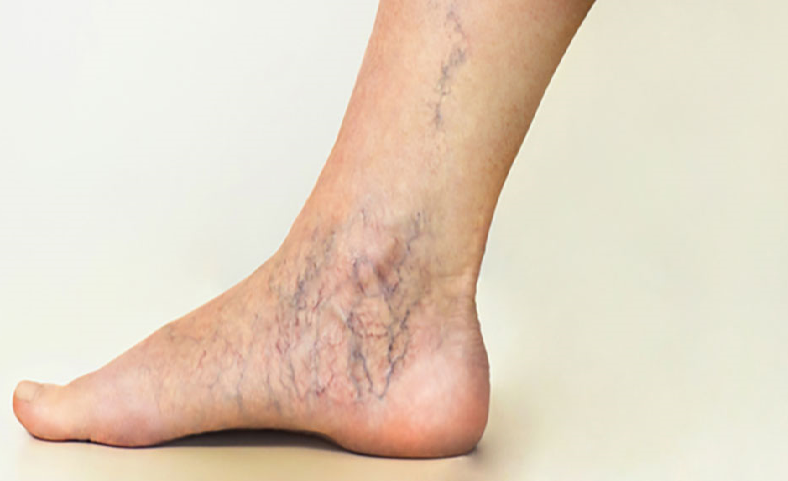- 1404/04/28 Increase in Impact Factor of the IJ Radiology
- 1404/04/25 Comparing Texture Analysis of Apparent Diffusion Coefficient MRI in Hepatocellular Adenoma and Hepatocellular Carcinoma
- 1404/04/25 Early growth response 1 transcription factor and its context dependent functions in glioblastoma
- 1404/04/25 Huge splenomegaly, a rare presentation of multicentric Castleman’s disease in an HIV infected patient: a case report and literature review
- 1404/04/24 Temporal patterns of cancer burden in Asia, 1990/2019: a systematic examination for the Global Burden of Disease 2019 study
- 1404/04/24 Ultrasound and magnetic resonance imaging features of fetal urogenital anomalies: A pictorial essay
- 1404/04/24 Global burden of 288 causes of death and life expectancy decomposition in 204 countries and territories and 811 subnational locations, 1990/2021: a systematic analysis for the Global Burden of Disease Study 2021

Laser Therapy
Varicose veins occur when the superficial veins in the legs become swollen and enlarged due to weakness in the vein walls and valves. This condition most commonly affects the veins in the legs because standing and walking increase the pressure on the lower body's veins. Varicose veins usually appear blue or purple and are raised and twisted under the skin. This condition can cause pain, heaviness, swelling, and in more severe cases, skin ulcers.
Causes of Varicose Veins
Several factors can contribute to the development of varicose veins, including:
- Genetics: If family members have varicose veins, you're more likely to develop them.
- Gender: Women are more prone to varicose veins due to hormonal changes during pregnancy, menstruation, and menopause.
- Age: As we age, veins weaken, and the valves become less effective.
- Prolonged standing or sitting: This can hinder blood flow in the legs.
- Obesity: Excess weight puts more pressure on the veins.
Treatment Options for Varicose Veins
There are various treatments for varicose veins, depending on the severity of the condition and the individual’s situation:
- Lifestyle Changes:
- Regular exercise: Activities like walking help improve blood circulation.
- Weight loss: Losing weight can reduce pressure on the leg veins.
- Compression stockings: These stockings help improve blood flow and prevent the progression of varicose veins.
- Medications: In milder cases, doctors may prescribe medications to improve blood circulation or reduce swelling and inflammation.
- Sclerotherapy: This method involves injecting a solution into the varicose veins, causing them to close. Over time, the treated veins fade away.
- Laser Treatment: Laser therapy is one of the modern and effective treatments for varicose veins. In this method, laser light is directly applied to the varicose veins. The heat from the laser damages the vein walls, causing them to close. Eventually, the closed vein fades and is absorbed by the body.
Laser therapy is divided into two main types:
- Surface Laser Treatment: This is used for smaller veins and spider veins that are close to the surface of the skin. It doesn’t require any cuts or injections and is usually done in the doctor’s office.
- Endovenous Laser Treatment (EVLT): This is used for larger varicose veins. In this method, a small fiber optic is inserted through a small incision into the vein, and laser energy is applied directly to the vein to close it.
Advantages of Laser Treatment:
- Minimally invasive: It does not require open surgery and is performed with only a small incision.
- Short recovery time: Many individuals can quickly return to their daily activities after treatment.
- Quick and effective results: Many patients see significant improvements in the appearance and symptoms of varicose veins after just one session.
Disadvantages and Potential Side Effects:
- After treatment, there may be some bruising, swelling, or discomfort in the treated area.
- Rarely, complications such as blood clots or infections may occur.
Ultimately, the best treatment option should be chosen in consultation with a doctor, based on individual conditions. Timely treatment of varicose veins can prevent the disease from progressing and causing more serious problems.



